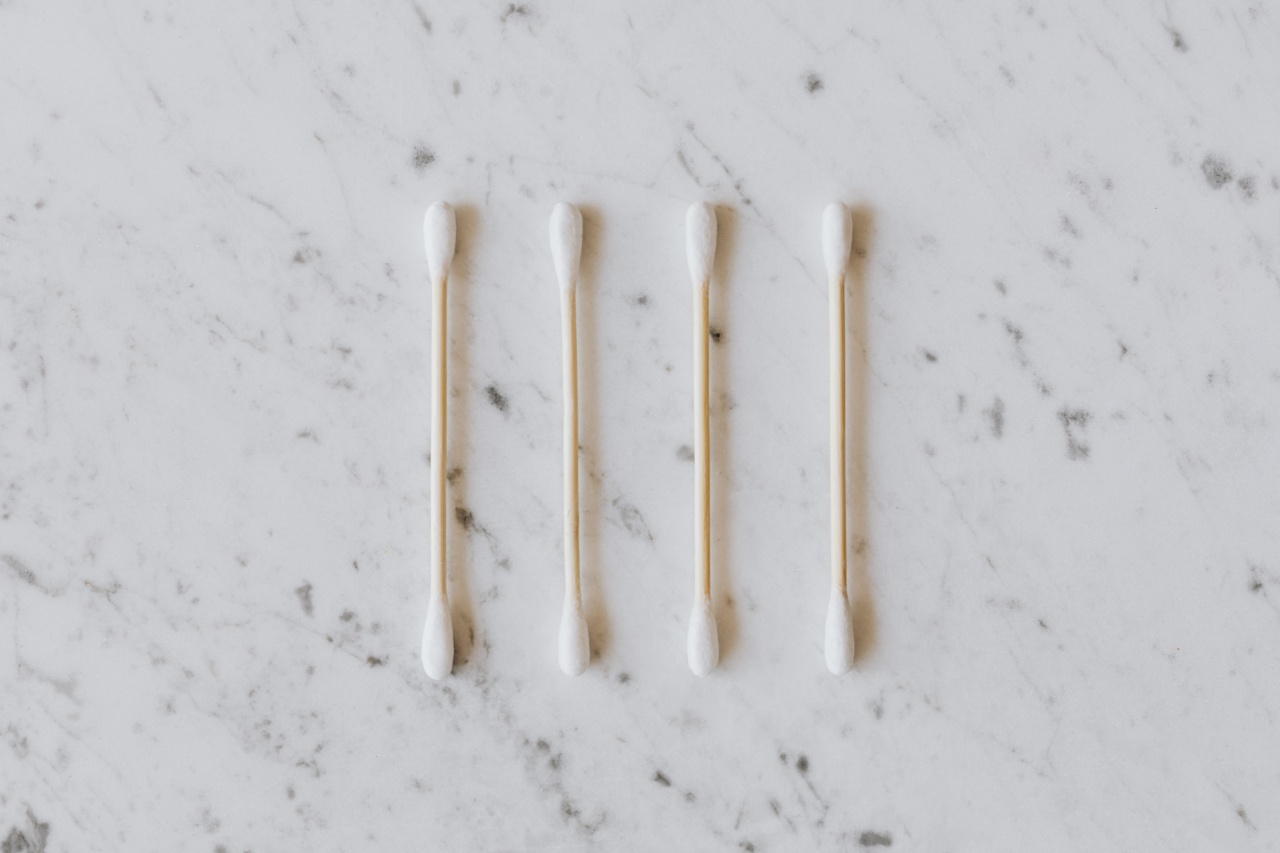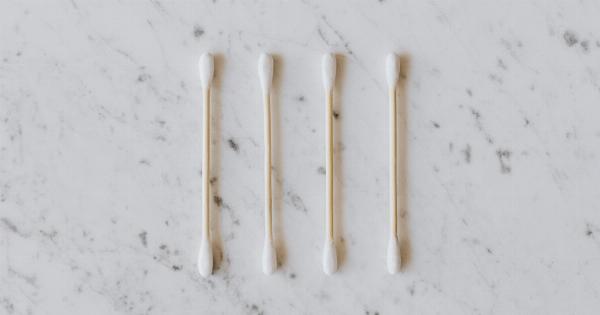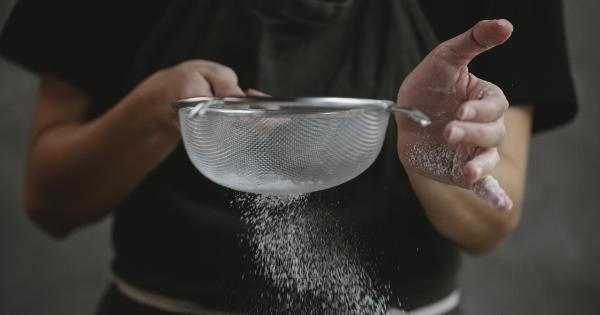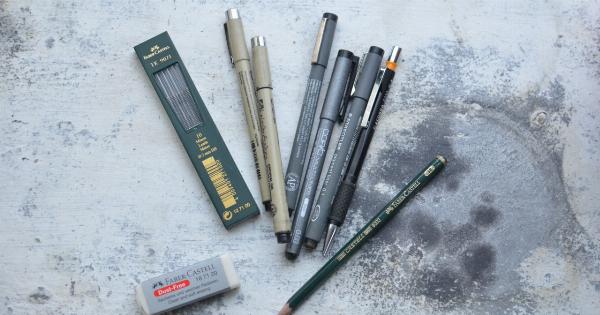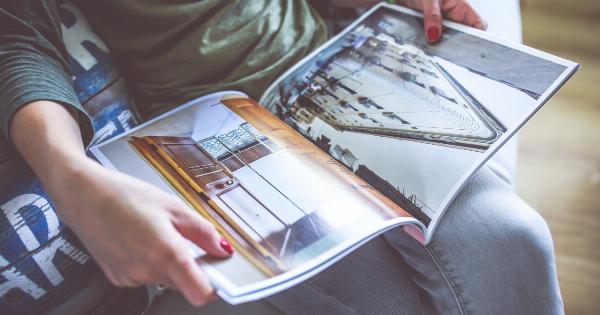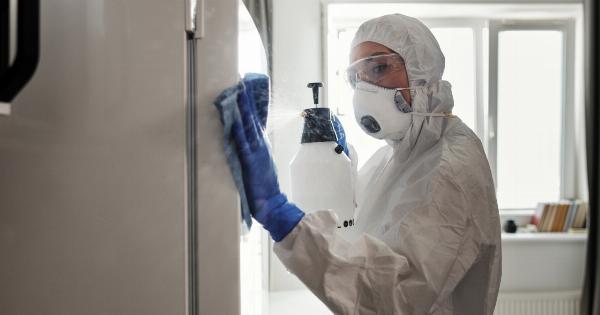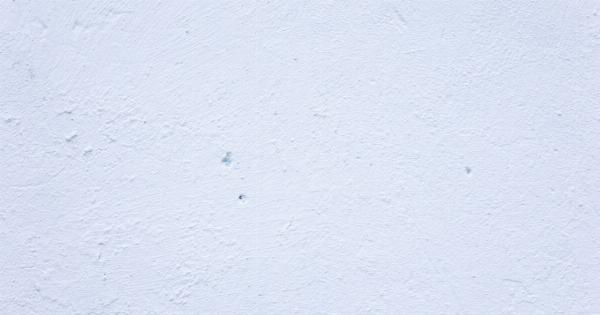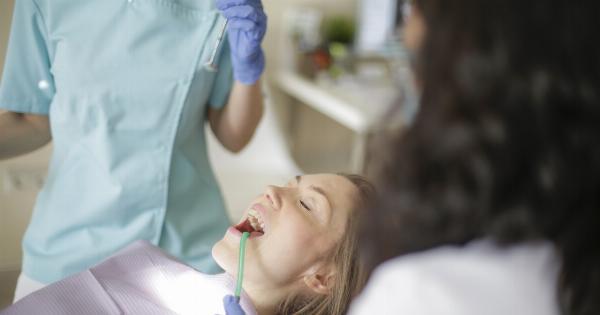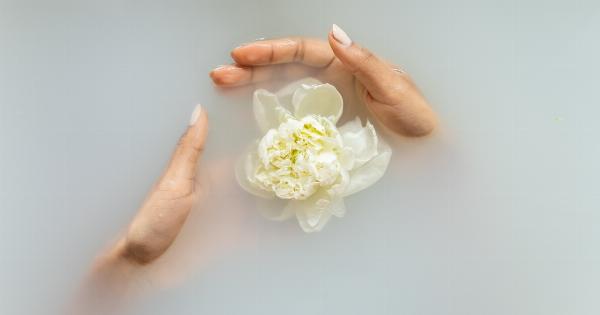Keeping our ears clean is essential for overall hygiene and preventing ear-related issues. However, many people rely on cotton swabs to clean their ears, unaware that this common method can actually do more harm than good.
Cotton swabs can push earwax deeper into the ear canal, leading to impaction and potential damage to the eardrum. Additionally, improper use of cotton swabs can cause cuts, infections, and even hearing loss.
Fortunately, there are alternative and safer methods for ear cleaning that can effectively remove excess earwax without the need for cotton swabs. In this article, we will explore ten such methods that are both safe and easy to perform.
1. Warm Water Rinse
One of the simplest and gentlest ways to clean your ears is by using a warm water rinse. Start by filling a clean, sterilized bulb syringe or a disposable plastic syringe with lukewarm water.
Gently tilt your head to the side and insert the syringe’s tip just inside your ear canal. Squeeze the bulb or syringe gently to let the water flow into your ear. After a few seconds, tilt your head in the opposite direction to allow the water to drain out along with the softened earwax. Repeat this process with your other ear.
2. Olive Oil Drops
Olive oil has natural lubricating properties that can help soften and loosen earwax for easier removal. Warm a small amount of olive oil to body temperature and transfer it into a dropper bottle.
Lie down on one side with the ear in need of cleaning facing upward. Use the dropper to instill a few drops of olive oil into your ear. Stay in that position for five to ten minutes to allow the oil to penetrate and loosen the earwax. Afterward, turn your head and let the oil and earwax drain onto a clean towel.
Repeat this process on the other ear.
3. Hydrogen Peroxide Solution
Hydrogen peroxide is a mild antiseptic and effervescent solution that can assist in earwax removal. Dilute 3% hydrogen peroxide with an equal amount of water. Fill an ear dropper with the solution and gently instill a few drops into your ear.
Keep your head tilted for a couple of minutes to allow the bubbling action to break down the earwax. Then, tilt your head in the opposite direction to let the solution and loosened earwax drain out naturally. Repeat the process for the other ear.
4. Saline Solution
Saline solution is another gentle and effective method for cleaning ears. To create your own saline solution, mix one teaspoon of salt with one cup of warm water until the salt dissolves completely.
Fill a bulb syringe with the solution and carefully squirt it into your ear canal. Allow the solution to sit for a few minutes before tilting your head to let it drain out, bringing the loosened earwax with it. Repeat this process for the opposite ear.
5. Ear Irrigation Kit
Ear irrigation kits, available at pharmacies, provide a safe and efficient way to clean ears without using cotton swabs. These kits usually consist of a soft rubber bulb syringe and a specially designed earwax removal solution.
Follow the instructions provided with the kit, filling the syringe with the solution and gently squirting it into your ear. Let the solution sit for a few minutes to soften the earwax before tilting your head to allow the solution and earwax to drain out. Use the kit for both ears as needed.
6. Use a Rubber Bulb Syringe
If you want to clean your ears without any solution, a rubber bulb syringe alone can be helpful. Fill the syringe with lukewarm water and gently squirt it into your ear canal.
Let the water stay inside for a few seconds and then tilt your head to the side to drain it out. Repeat the process for your other ear.
7. Wax Softening Drops
If you aren’t a fan of using water or oil-based solutions, over-the-counter wax softening drops are available. These drops contain active ingredients that break down earwax, making it easier to remove.
Follow the instructions on the packaging to apply the drops to your ear canal. Allow the drops to sit for the recommended time before tilting your head and allowing the softened earwax to drain out.
8. Ear Curette
An ear curette is a specialized tool designed to gently scrape away earwax. It is important to note that ear curettes should be used by healthcare professionals or individuals who have been properly trained in their usage.
If you decide to use an ear curette at home, ensure you are familiar with the correct technique and use caution to avoid injury. This method should not be attempted by individuals without proper training.
9. Seek Professional Help
If you are experiencing excessive earwax buildup, persistent ear discomfort, or changes in hearing, it is advisable to seek professional help from an ear specialist, such as an audiologist or an otolaryngologist.
These experts can assess your condition and perform safe and effective ear cleaning procedures tailored to your specific needs.
10. Prevention is Key
While these methods can help safely clean your ears, prevention is the best approach to avoiding excessive earwax buildup.
Regularly practicing good ear hygiene by gently wiping the outer part of your ears with a moist cloth can prevent earwax from accumulating. However, always avoid inserting cotton swabs or any other objects into your ear canal, as this can cause more harm than good.
